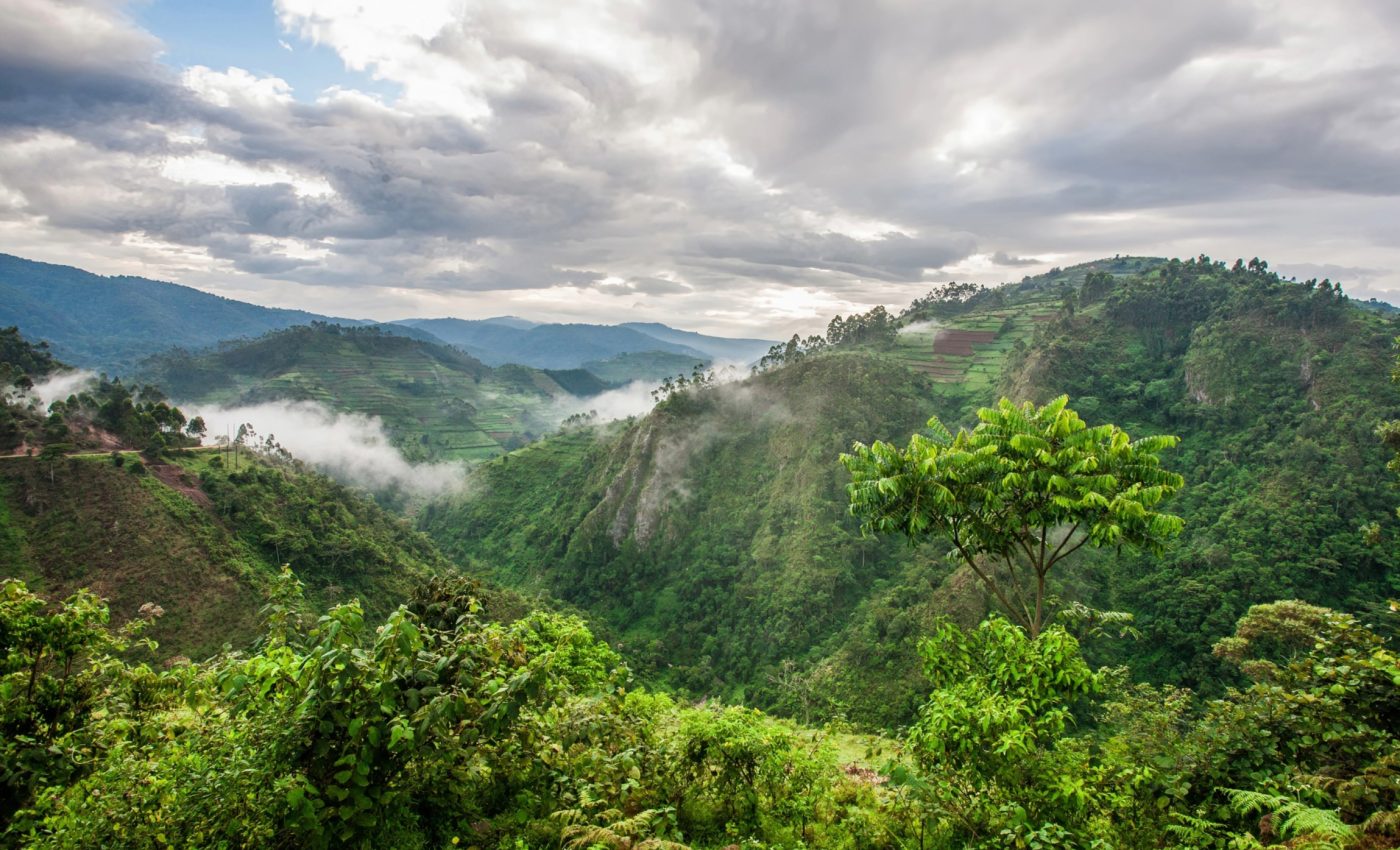
Cloud level rise: The hidden threat of deforestation
What once stood as a shield against the harsh impacts of climate change, Africa’s montane forests, are under threat. The latest danger to these forests involves a largely unknown consequence of deforestation: cloud level rise.
Known for their spectacular biodiversity and water-trapping properties, montane forests are lifelines for millions of people in Africa.
In an era where climate change is a reality, these forests are sadly diminishing at an alarming rate.
Disappearing forests and cloud level rise
In the span of just two decades, a staggering 18% of these “water towers” have disappeared due to deforestation.
The impact? A two-fold increase in warming and cloud-level rise compared to that caused by climate change.
The air temperature has spiked by 1.4 centigrade, and the cloud level has ascended by a startling 230 meters in the past 20 years.
Professor Dirk Zeuss of the University of Marburg noted that these changes have strong consequences for water resources and biodiversity. But what exactly does this mean?
Consequences of cloud level rise
As the cloud level ascends, water harvesting takes a significant hit. Clouds, when they touch the forest canopy, deposit fog (water) onto the plant and land surfaces. This natural phenomenon, however, becomes obsolete if the cloud base is higher than the forest canopy.
It is crucial for mountaintops to have ample forest cover – not only to augment the surface area of the land cover – but also to increase water storage in trees and soil.
The study sites were located in the highlands of Tanzania, Ethiopia, and Africa, including the Taita Hills of Kenya.
According to Professor Petri Pellikka, director of Taita Research Station, the team found that 20% more water was landing on the ground in forested mountain tops compared to open areas.
“This is due to fog deposited on the trees, which drips on the ground as droplets. This is additional to the rainfall. If the clouds remain higher and do not touch the forests, this phenomenon does not take place anymore,” said Pellikka.
When the forests fade, so does life
It’s not just the Taita Hills where deforestation has wreaked havoc. Kenya’s most critical water towers – Mt. Kenya, the Mau Forest, the Aberdare Mountains, Mt. Elgon, the Cherangani Hills, and even Mt. Kilimanjaro – are all bearing the brunt of deforestation.
Mt. Kilimanjaro, Africa’s highest mountain located in Tanzania, is a prime example. This mountain has seen a striking loss of 50% of its forest since 1880, according to Dr. Andreas Hemp from the University of Bayreuth, who has spent three decades researching in Kilimanjaro.
Temperature and elevation
Deforestation has far-reaching impacts. As the study reveals, the negative relationship between temperature and elevation means the impacts of warming due to deforestation can decrease with increasing elevation.
However, mass deforestation can counteract this cooling effect, causing comparable warming at higher elevations in African montane forests. This adds another layer of complexity to the crisis.
Temesgen Abera is a visiting scholar from the University of Helsinki and a postdoctoral researcher at Philipps University of Marburg,
“In Africa, montane deforestation induced by cropland expansion and logging poses serious threats to biodiversity and ecosystem services, such as water supply,” said Abera.
Preserving our life-supporting forests
These findings highlight the urgent need for preserving the forests that play such a pivotal role in maintaining global biodiversity and the climate.
The research offers critical lessons for all regions globally facing similar challenges. It’s time to take action against deforestation, for our own survival and that of our planet.
The study represents a significant step towards understanding the environmental risks of deforestation.
The socio-economic impact of montane forest loss
The disappearance of montane forests doesn’t only affect the environment but also has significant socio-economic repercussions for the communities that depend on them.
Many Indigenous and rural populations rely on these forests for their livelihoods, deriving resources such as fuelwood, medicinal plants, and food. As a result of deforestation, these resources become scarce, pushing communities towards poverty and forcing them to seek unsustainable alternatives.
Moreover, these forests play a crucial role in supporting local agriculture. They regulate microclimates and provide essential ecosystem services like pollination and pest control. As forests dwindle, agricultural productivity can suffer, threatening food security in already vulnerable regions.
Community-based forest management has emerged as a potential solution, empowering local populations to take part in conservation efforts.
By involving community members in sustainable forest practices, these initiatives not only help preserve forests but also ensure economic benefits are returned to the local people. This approach shows a sense of ownership and responsibility, leading to more sustainable use and protection of forest resources.
As we strive to safeguard Africa’s montane forests, integrating socio-economic considerations into conservation strategies is essential. Ensuring that local communities benefit from forest preservation is key to creating lasting solutions that protect these vital ecosystems while supporting human well-being.
The study is published in the journal Nature Communications.
—–
Like what you read? Subscribe to our newsletter for engaging articles, exclusive content, and the latest updates.
Check us out on EarthSnap, a free app brought to you by Eric Ralls and Earth.com.
—–













